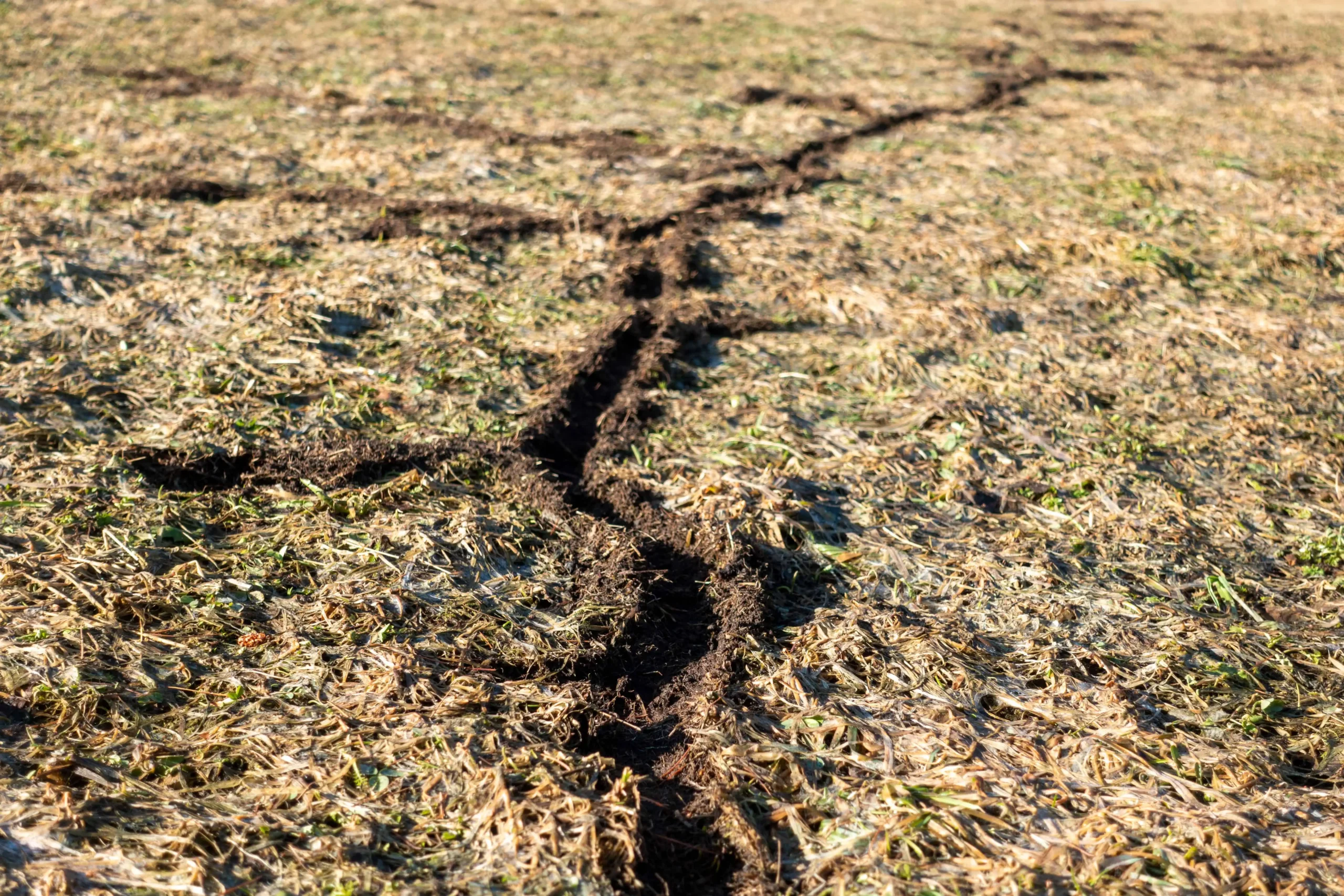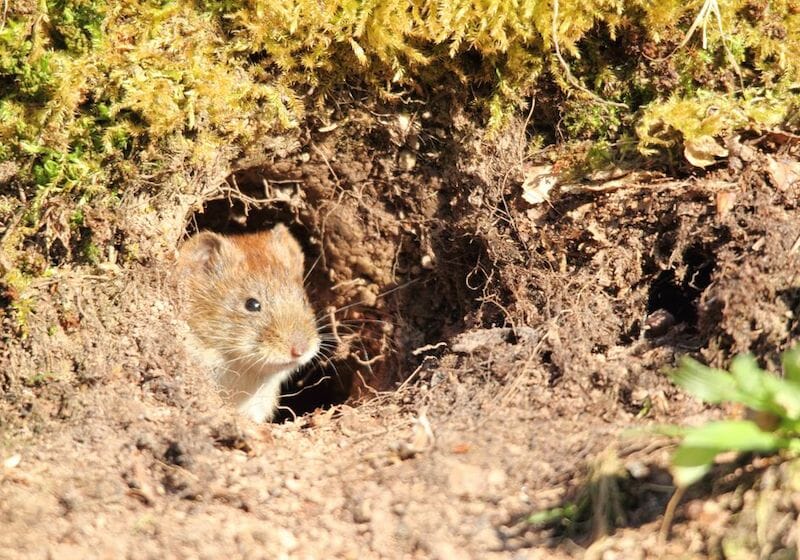Proven Vole Control Methods to Safeguard Your Property
Proven Vole Control Methods to Safeguard Your Property
Blog Article
Comprehensive Guide to Reliable Vole Bug Control: Invasion Identification and Therapy Methods
In the realm of reliable pest control, vole infestations position an unique challenge that demands a calculated technique. These little rodents, typically incorrect for computer mice, can damage gardens, grass, and plants if left uncontrolled. Determining the indications of vole visibility and carrying out targeted therapy approaches are crucial components of an effective bug monitoring plan. By checking out the nuances of vole behavior, comprehending crucial signs of infestation, and examining a series of control choices, one can create an extensive approach to combat these evasive pests.
Recognizing Vole Behavior
Vole behavior is characterized by their delving habits and quick reproduction prices, making them a difficult insect to regulate successfully. These tiny rats normally develop intricate tunnel systems underground, utilizing them for sanctuary, food storage, and transport. Voles are herbivores, consuming a variety of plants, turfs, bulbs, and roots, which can create considerable damage to yards, orchards, and yards. Their rapid reproductive rate additional complicates control efforts, with women efficient in generating several trashes in a single year, each consisting of numerous offspring.
Understanding vole behavior is critical for reliable insect control strategies. By recognizing their burrow areas, keeping an eye on feeding areas, and implementing targeted control techniques, such as trapping or habitat modification, vole infestations can be taken care of efficiently.
Signs of Vole Invasion

Prevention Approaches
Carrying out effective avoidance methods is important in lessening vole invasions and protecting plant life from their devastating feeding habits. To prevent vole infestations, it is important to begin by getting rid of possible food resources and sanctuary.
Consistently inspecting the building for signs of vole task, such as paths and tunnel openings, is critical for early discovery and timely action. If vole activity is presumed, think about using traps or repellents tactically placed near their paths. Using natural killers like serpents or owls can additionally aid maintain vole populations in check. By executing a mix of these avoidance garden enthusiasts, house owners and techniques can efficiently safeguard their plants from vole damage.
Non-Lethal Control Approaches
To efficiently take care of vole populations while focusing on gentle approaches, non-lethal control methods provide practical solutions for minimizing vole damage in yards and landscapes. One efficient technique is the use of physical barriers such as hardware cloth or cable mesh to shield prone plants. These barriers can be hidden Click Here at the very least 12 inches deep and curved at a 90-degree angle to stop voles from burrowing beneath. Additionally, environment alteration can hinder voles by reducing their chosen food resources and concealing areas. Keeping a well-mowed grass, eliminating particles, and maintaining greenery cut can make the atmosphere less enticing to voles.

Lethal Control Options
One efficient approach for addressing vole infestations in yards and landscapes includes the calculated use of lethal control options. When faced with a serious vole problem that non-lethal methods have stopped working to have, applying dangerous control procedures becomes vital. One commonly utilized dangerous control option is using breeze traps. These traps are made to quickly and humanely kill voles upon activation, making them a prominent option for several garden enthusiasts and landscaping companies. To increase the efficiency of breeze traps, it is advised to position them in areas where vole activity is high, such as along paths or near burrow entryways. Another lethal control choice is the application of hazardous baits particularly formulated to target voles. Visit This Link These baits contain poisonous substance that is consumed by the voles, resulting in their ultimate demise. However, caution needs to be exercised when utilizing harmful lures to avoid damage to non-target animals or pets. In general, when utilizing dangerous control choices, it is crucial to do so properly and in conformity with regional regulations to effectively take care of vole infestations.
Conclusion
In verdict, effective vole pest control calls for a detailed understanding of vole behavior, identification of indicators of problem, application of avoidance techniques, and application of both non-lethal and deadly control techniques. By combining these techniques, people can efficiently manage vole populaces and safeguard their residential property from damages. It is essential to deal with vole invasions promptly to avoid more issues and decrease the effect on the surrounding setting.
Given the elaborate passage systems and quick recreation prices characteristic of voles, identifying the indications of vole problem ends up being essential in efficient bug control. One of the primary indicators of vole visibility is the presence of surface area paths or routes in grass or snow, normally concerning 1-2 inches wide, produced as voles take a trip in between their burrows and food resources.To properly manage vole populations while prioritizing humane techniques, non-lethal control approaches provide sensible solutions for reducing vole damage in gardens and landscapes.One effective approach for dealing with vole infestations in yards and landscapes involves the tactical use of lethal control alternatives. vole pest control.In final thought, effective vole insect control needs a detailed understanding of vole habits, recognition of indications of infestation, implementation of avoidance techniques, and use of both deadly and non-lethal control methods
Report this page